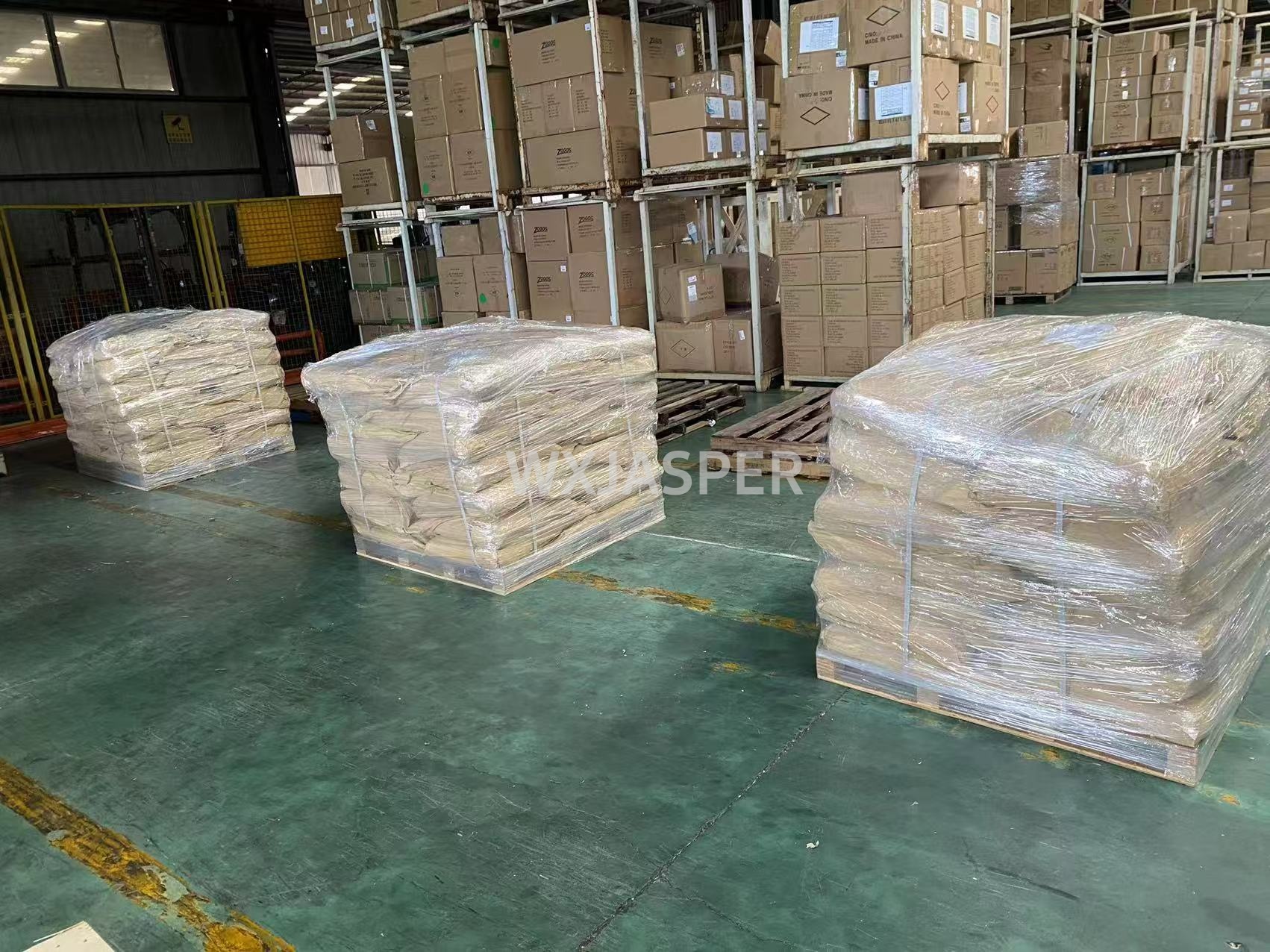Your Location:Home > Products > Solvents > Sodium dodecyl sulfate



CasNo: 151-21-3
MF: C12H25NaO4S
Appearance: powder
Delivery Time: 15 days
Packing: 25kg/bag
Purity: 99%
Basic Information
|
Model NO. |
151-21-3 |
Appearance |
Powder |
|
Color |
Colorless |
Purity |
99% |
|
Grade Standard |
Industrial Grade |
Specification |
25kg/bag |
|
Transport Package |
Bag |
Origin |
China |
Product Description
Product Name:Sodium Lauryl Sulfate
CAS No: 151-21-3
Form: Powder
Product Application
Personal Care & Cosmetics:
Toothpaste: Serves as the primary foaming and cleaning agent, providing the rich foam and fresh feel during brushing.
Shampoos, Body Washes, Facial Cleansers: Used as the main surfactant for rich lather and strong cleansing. In high-end products, it is often blended with milder surfactants to reduce potential irritation.
Hand Soaps, Soap-Based Cleansers: Enhances foaming and cleansing.
Household & Industrial Cleaning:
Laundry Detergents/Powders, Dishwashing Liquids: Used as a high-efficiency foaming and cleaning booster, especially for heavy-duty cleaning.
Textiles & Dyeing: A component in scouring agents, wetting agents, and leveling agents.
Paper Industry: Used in deinking agents and felt cleaners.
Industrial Applications:
Emulsion Polymerization: Functions as an emulsifier and dispersant in the production of synthetic rubber, plastics, coatings, etc.
Electroplating, Construction Materials: Used as a wetting and dispersing agent.
Scientific Research:
Biochemistry: SDS is a critical reagent for protein denaturation, DNA extraction, and SDS-PAGE electrophoresis.
Packaging
25Kg/Bag
Storage
Powder should be stored sealed in a cool, dry, ventilated place to prevent moisture absorption and caking. Liquid products should be protected from freezing.